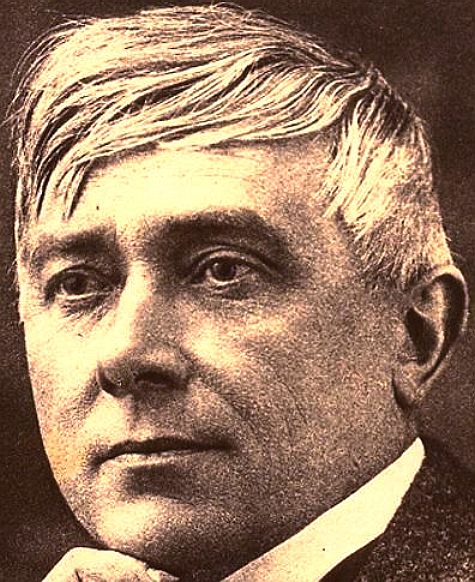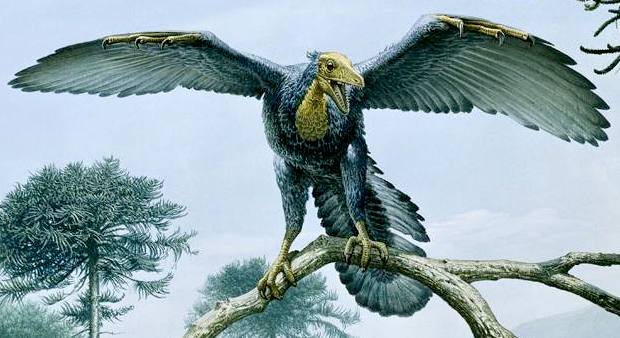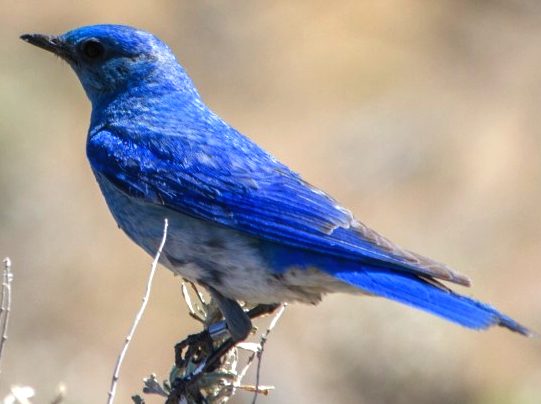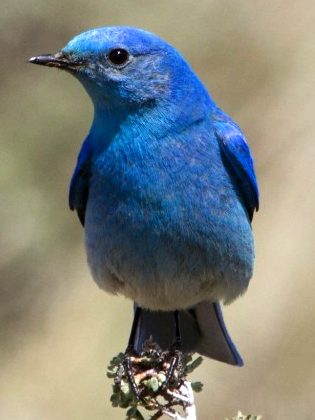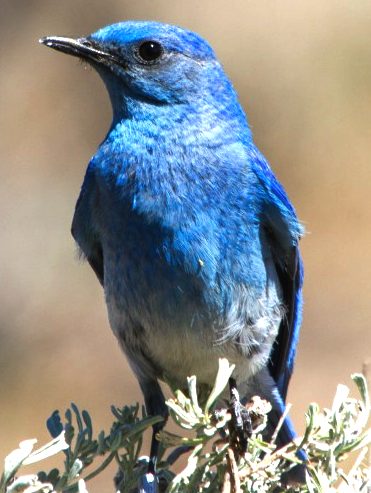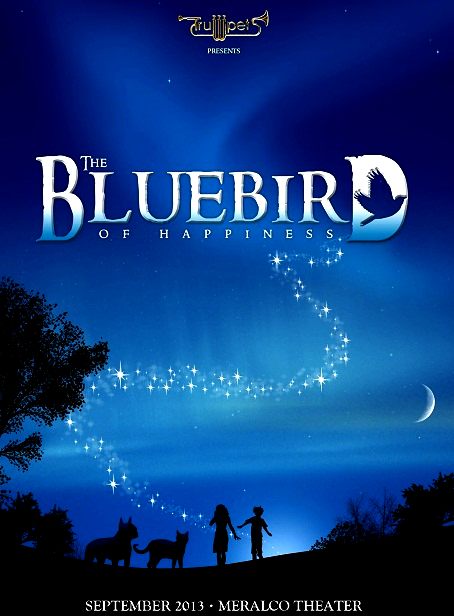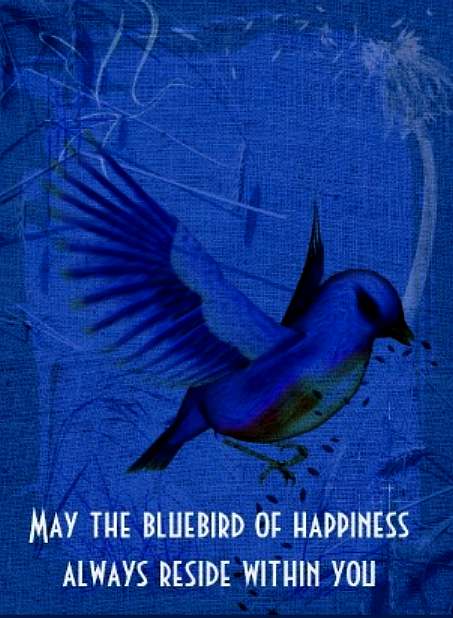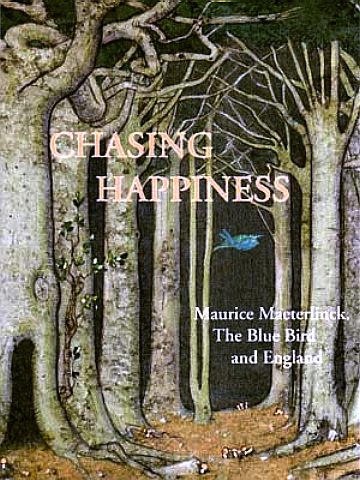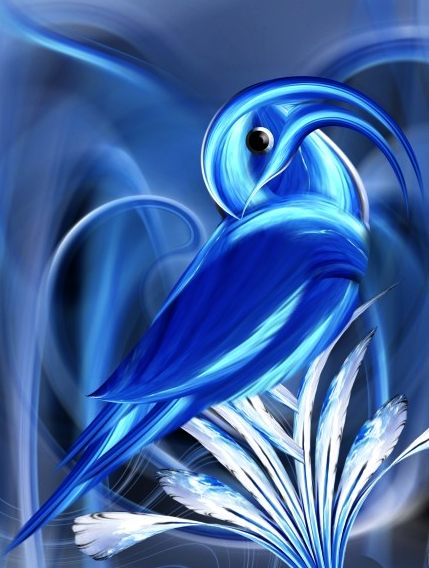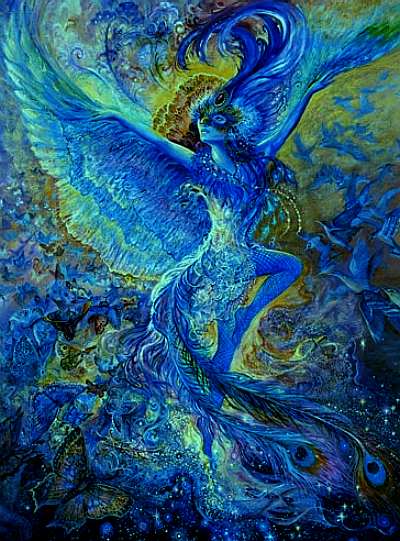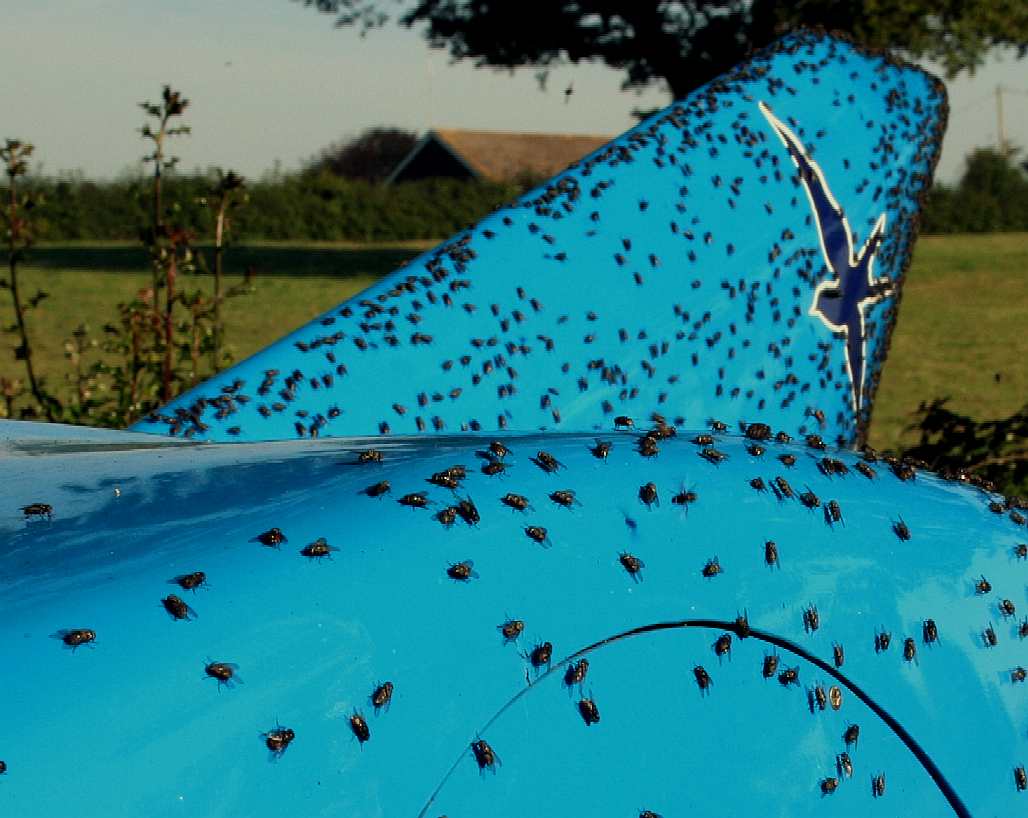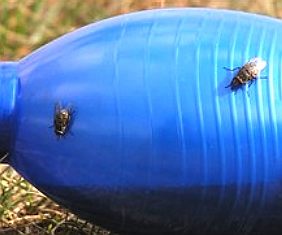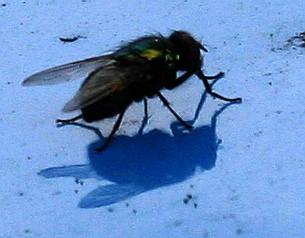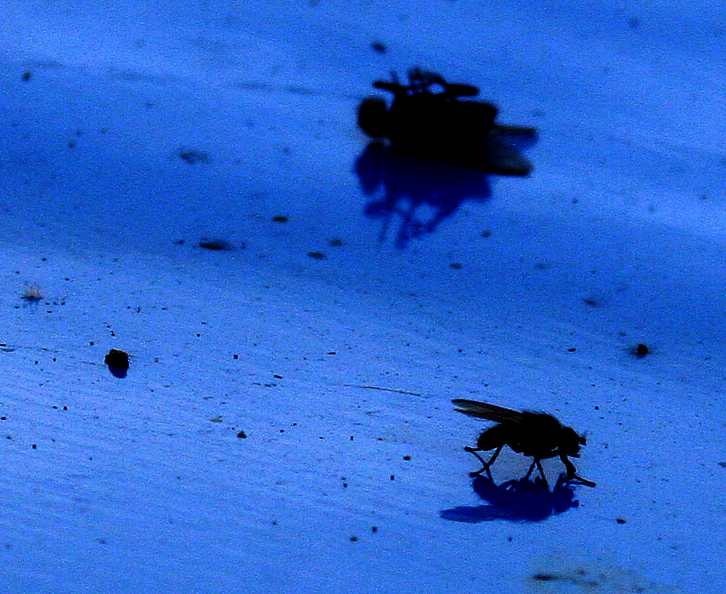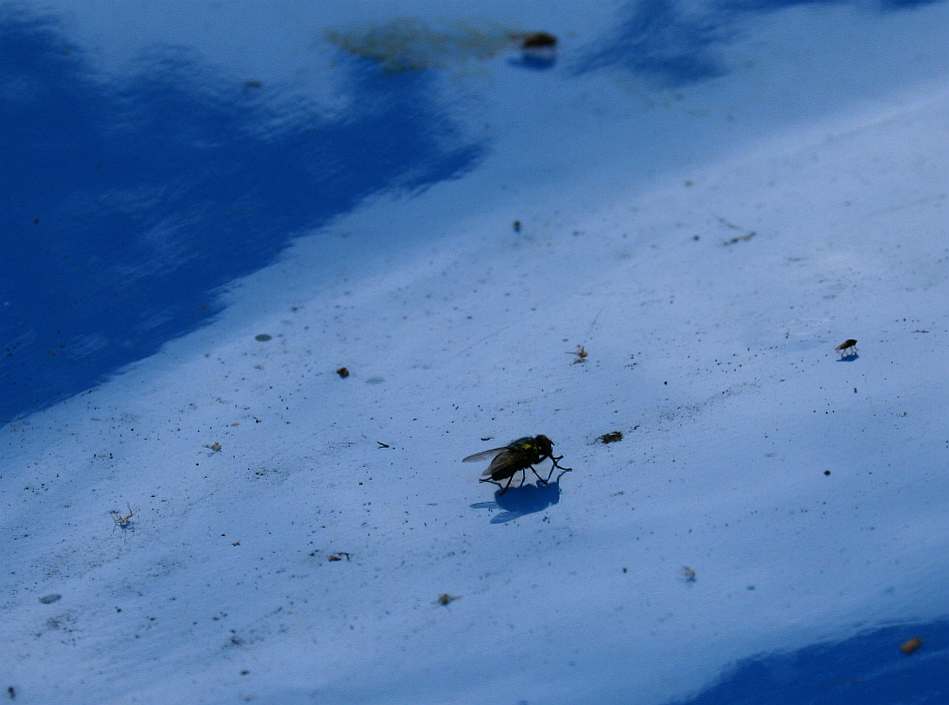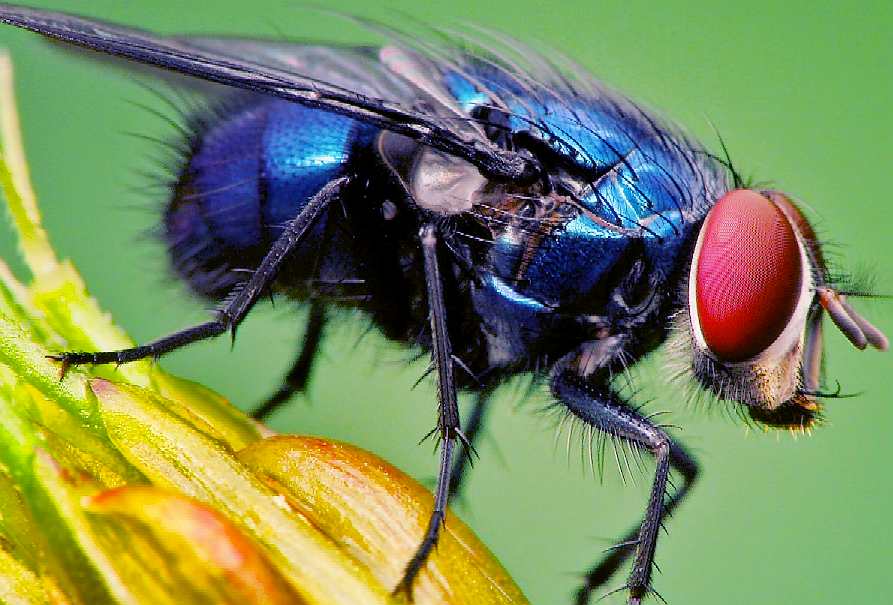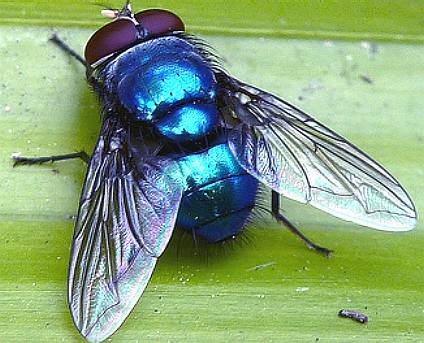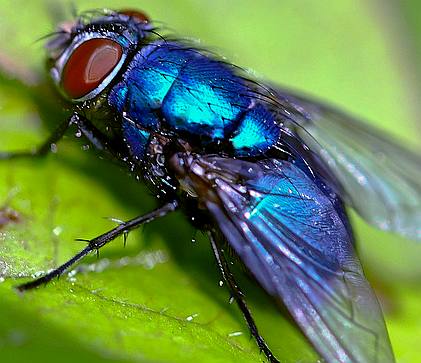|
THE
BLUE BIRD OF HAPPINESS - HISTORY
|
|||||||||||||||||||||||||||||||||||||||||||||||||||||||||||||||||||||||||||||||||||||||||||||||||||||||||||||||||||||||||||||||||||||||||||||||||||||||||||||||||
|
Dear old Maurice is considered to be the creative mind that linked flying creatures with the search for contentment. But maybe we should delve back in time just to be inquisitive.
We will not go right back to the beginning of time, but start this story from when birds had developed the ability to fly from their dinosaur cousins, the link being Archaeopteryx. Archaeopteryx is believed to be the first bird that lived in the Jurassic period, defined by historians as having wings with feathers - the full-monty. Its skeleton provides valuable evidence that birds evolved from reptiles - and what a surprise that must have been; linking delicate flying organisms with hulking great brutes. The creature’s scaly face and jaws, its small teeth, the three-clawed toes on its wings which it used for climbing and its long bony tail were reptilian. But its body was covered with feathers on air-control surfaces that are clearly wings - that oddly enough were thought to be blue, as you can see from the pictures on this page. Mind you the degree of blue appears to be subject to interpretation. But it is a curious coincidence.
Sure, that reptile was happy and so would you be if you were the first dinosaur to fly - disregarding Pterodactyls and other Pterosaurs; which did not have feathers. Strictly speaking, scientists now agree that Archaeopteryx is not a dinosaur relative - but hey, lets not split hairs. Archaeopteryx was not built for long or sustained flight but it could fly and was warm blooded. The bird was crow-sized and lived on berries, worms and insects. Isn't it clever how they know all this.
Archaeopteryx with blue and white, and blue and lime scales plumage
Okay, so the Blue bird evolved from its Jurassic ancestor, and being able to dart about all day long, enjoying panoramic views as it chased yummy insects, it may have developed a sense of humor. As just a few minutes of watching reveals they love chasing each other, chirping away - always trying for a better perch than their playmate. Exactly what the rules of these games are and what songs they sing is irrelevant to this story, the fact is they are always chasing a happier situation at cost to the other. More so anyway, than other birds that are not blue in color - and have you ever noticed that insects are attracted to the color blue? Possibly, this is one reason why Bluebirds are so happy; because their food comes to them! An interesting theory, and also a strange fact.
If you don't believe us, park a blue car outside in the sunshine and just watch the flying insects congregate on your gleaming paintwork. This is probably one good reason for not painting a car blue. It will get covered in fly droppings when parked up for long periods. For some reason, when it comes to the ocean, blue does not attract insects. Thus blue painted vessels are in a different category. Again, this is something of a puzzle. See the history of ships named Bluebird.
Because the blue bird's antics are so quirky, it tends to make people watching them realize that despite all their advantages, they are never content. Maurice Maeterlinck noticed this and wrote a play referencing the small feathered creatures and their frolics, called: "Chasing Happiness, the Blue Bird and England." One day when the play was in England, a captain in the air force was enjoying Maurice' tale, and he enjoyed it so much that he decided to paint his racing car blue. Now that is impulsive!
The North American Blue Bird is a second cavity nester. That means is will not find and build a nest of its own, but is an opportunist that will take over another convenient nesting location. For this reason, nesting boxes provided by animal lovers are bringing back the population. The stunning blue plumage will also have an evolutionary role. Millions of years separate this beautiful animal from Archaeopteryx. Darwin explains the rapid adaptability of Finches and change to meet environmental challenges.
The story goes that on return from the theatre, Captain Malcolm Campbell woke up his local hardware store keeper to buy a can of blue paint, then painted his Sunbeam racing car. One can imagine that there had been little preparation, such as cleaning and roughening the old paintwork for good adhesion, and the timing of such urge was somewhat reckless, because apparently the paint was still tacky the next day when the car went out on the road.
Maurice Maeterlinck's play 'Chasing Happiness,' was later known as the "Blue Bird of Happiness."
Going back to the insect attraction for a mo, that may be one reason Sir Malcolm drove so fast: to escape from all those flies chasing his brightly painted car. It may also explain Captain Campbell switching to boats for his record breaking. We have only witnessed this phenomenon in the UK where a blue car was literally covered in a swarm of flies all over the summer. It may be that insects in the USA and South Africa are not attracted to the colour blue, and that may be another reason for the speed ace going to Daytona, Bonneville and Verneukpan. There may not have been insects in those locations attracted to that particular tone of blue paint. Whereas Canada is awash with insects that get onto everything no matter what shade of colour.
If you know the answer to this please let us know. We have decided not to use that color mix in future, for it certainly has its problems. We'll stay with the bird logo, that symbol seems to deter insects.
MARITIME HISTORY LINKS
This stunning land speed record car was inspired by Reid Railton and his designs for the Napier Lion and Rolls Royce engined Blue Bird LSR cars in the 1930s, the Blueplanet BE3 features instant battery recharging using the patent Bluebird™ cartridge exchange system under license from BMS. Ken Norris, designer of the CN7, also contributed to the concept after discussions with the conceptual design originator. The BE3 is designed for speeds in excess of 350mph across a flying mile using clean electricity and could be run at Daytona Beach and other historic venues, including Bonneville and Pendine Sands. If your organisation would like to book this vehicle for events, we require at least six months advance notice to keep the cost of hire down.
SIR MALCOLM CAMPBELL'S BLUE BIRDS
DONALD CAMPBELL'S BLUEBIRDS
GENERAL HISTORY LINKS
BLUE - OLD WIVES TALES
Spend some time around mature Victorian and Colonial homes and you may notice that their owners seem to love blue colors. Sky blue is a popular color for the porch ceilings in these older homes.
People explained that blue paint kept away the bees, wasps, gnats and other bugs who were "fooled" into thinking the blue painted ceiling was the sky. That sort of makes sense.
In the South of the good old USA, ceilings were painted blue for a different reason. Southerners, especially in South Carolina have even named the ceiling paint used on porches. This pale blue color is referred to as "Haint Blue." Haints, are a spirit or ghost. In Charleston many paint their porch ceilings "Haint blue" to ward off evil spirits.
Other theories kicking around internet chat rooms suggest that a blue porch ceiling was an extension of the sky. Not just any sky, a clear summer sky - which is the Victorian reason for choosing blue for their porches.
The burning question remains; does painting your porch ceiling really keep insects at bay? In the old days, blue paint was often mixed with lime which may have acted as a repellant. But, when it comes to modern paint formulas the blue paint doesn't do anything to dissuade insects - especially flies. Indeed, the reverse seems to be true. The proof of which are these English studies, but let us not confuse birds with bees, or flies for that matter:-
Not just cars, also drink bottles - so long as its this shade of blue. Seen here are 5 photos of flies on the bodywork of a racing car painted a particular shade of blue, that they swarmed on during the morning and stayed on nearly all day. It is undeniable that they just love this tone of blue. The pundits can argue until they are blue in the face - but here is the proof. This color mix attracts flies by the hundreds. Many of the flies expire in the sun and others leave hard to remove reminders of their visit as you can see from all the detritus on what was a freshly washed car. So, clean in the morning and pretty fouled up by the time the sun goes down. The more of a polish on the vehicle, the more they love it. At first we thought that maybe they just like the polish. So we washed the car with detergent and hosed it down with lashings of clean water, foregoing the shine - still the flies came like a plague. Those Victorian Southerners will no doubt be arguing that the flies think the car paint is water - and are very thirsty. Whatever. In future we will not be painting our cars that particular shade of blue. Not until we find out what is the cause, and if it can be avoided.
As an aside to that above and simply for the want of exploring nature a little more completely, have you ever noticed the incredible burst of blue on the common bluebottle fly? What is so amazing is that a living organism can manufacture a brilliance that our best chemists would have trouble creating. The engineering that goes into every single insect is also a marvel. You probably think that a fly is fast, as you chase one up and down with a swat. Think then of the dragonfly that is much bigger, but is capable of catching flies on the wing.
I was sitting in the garden the other day relatively motionless, looking out for a grass snake that I knew to be in the vicinity, when a dragonfly landed on a dry bramble stalk next to me. It was near invisible, being a muddy brown, or so I thought. I soon realized that it had landed to eat a fly it had just caught as I was watching it whir (dragonflies do whir a bit like a helicopter) back and forth, but had not noticed the aerial dogfight taking place because it was so quick. On closer examination I could see that the muddy brown was not that at all. This adaptable creature was various shades of iridescent red and gold. It had fooled my eye with a superb combo camouflage paint job.
I decided not to move because it would have disturbed the aviator's meal. The dragonfly devoured its quarry more slowly than a praying mantis, but in very similar fashion - all the while staring at me through its compound eyes, unblinking of course because it has no eyelids. The greedy blighter never even offered me a bite. I thank the Lord that I am not a dragonfly and hope that when I am recycled, I come back as a higher life-form with better manners. Now that is food for thought.
BLUEBIRD TRADEMARK HISTORY
LINKS & REFERENCE
http://www.bluebirdperformanceengineering.com/ http://www.bluebirdautomotive.com/ http://voices.yahoo.com/does-painting-porch-ceiling-blue-keep-spiders-2300691.html
LORD OF THE FLIES - Black flies love blue and blue flies (blowflies or bluebottles) appear to prefer green and brown, especially when fresh and odorous. This is in complete contrast to their stunning electric blue bodywork. The Ancient Egyptians would be envious of the metallic chrome effect, but abhor their dining experience. Shame about their calling cards and earthy habits, known to spread disease among humans. What evolutionary advantage the blue color provides this insect is a mystery, unless the color is so attractive to predators, that it deters them from eating for aesthetic reasons - or, maybe the blue works in combination with other colours as camouflage, as with the dragonfly?
|
|||||||||||||||||||||||||||||||||||||||||||||||||||||||||||||||||||||||||||||||||||||||||||||||||||||||||||||||||||||||||||||||||||||||||||||||||||||||||||||||||
|
This website is Copyright © 2015 Bluebird Marine Systems Limited. The names Bluebird™, Bluefish™, Blueplanet BE3™ and Ecostar DC50™ are trademarks especially concerning battery exchange for electric road and racing vehicles, service stations, electric motors, transmissions, solar panels, vehicle body panels and parts. All other trademarks are hereby acknowledged. For licensing and other developer permissions to use these trade marks, contact BMS Ltd. The blue bird in flight legend is a trademark.
|
